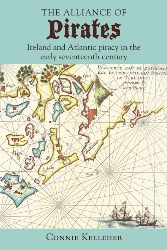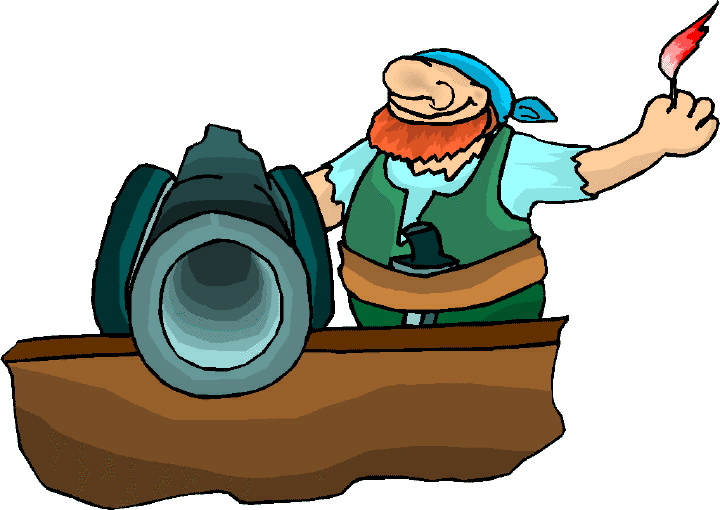 Pirates and Privateers Pirates and Privateers
The History of Maritime
Piracy
Cindy Vallar, Editor
& Reviewer
P.O. Box 425,
Keller, TX 76244-0425
    
Books for
Adults ~ History: Piracy

The Alliance of Pirates:
Ireland and Atlantic Piracy in the Early Seventeenth
Century
by Connie Kelleher
Cork University Press, 2020, ISBN 978-1-78205-365-1,
Euro €25.00 / US $33.00
Also available in other formats
    
A
“Nursery and Storehouse of Pirates.” Sir Henry
Mainwaring described Ireland as such in 1618. He
certainly knew whereof he wrote, for having once
been a pirate, he was intimately acquainted with the
illicit goings-on there, especially in southwest
Munster. Differentiating between privateering and
piracy was difficult during this time, and the
latter was intricately woven into the fabric of
daily living in the region. What gave rise to
Mainwaring’s comparison of Ireland to a breeding
ground came about when King James I of England
revoked all letters of marque and delved into
government corruption within the admiralty. This
drove many Englishmen to seek safer ports of call
and where better than Munster and its remote
coastline?
Using a chronological format and a multi-pronged
approach, Kelleher shines a light on an oft-ignored
period in piratical history and the overlooked
aspect of a key component, the symbiotic
relationship between land and sea. What
differentiates piracy here is that rather than
individuals preying on vulnerable ships, these
pirates banded together to create an alliance that
benefited all. Kelleher begins her examination
looking at what came before and how this alliance
formed. From there, she explores the alliance
itself, government corruption, places the pirates
frequented and what traces of their presence have
been found, piracy as a business, the social world
in which pirates lived (particularly on land), and
the suppression of this marauding. The last chapter
looks at not only the decline of piracy in Ireland,
but also how it changes. That transformation
includes both locally and globally, for the
knowledge English pirates share with the marauders
of North Africa, allows Barbary corsairs to expand
their prowling field to include Iceland and Ireland.
The most notable in the latter is the sacking of
Baltimore in 1631.
The alliance formed into a cohesive unit by 1608,
although many members had been marauding prior to
that year. They chose Munster as their headquarters
because they knew the region and people willing to
help them or at least turn a blind eye to their
activities. Among the clans that played significant
roles were O’Sullivan Beara, O’Driscoll, and
O’Mahoney. Most names mentioned aren’t familiar to
readers, but key individuals discussed include
Admiral Richard Bishop, Peter Easton, John Ward,
Grace O’Malley, Henry Mainwaring, William Hull of
Leamcon, and Thomas Crooke. Equally noteworthy are
the bases that are discussed, for although the
alliance was based in Munster, it also had ties to
Newfoundland (Canada) and Mamora (Barbary Coast).
The result is a well-rounded and deftly presented
look at a successful pirate alliance. Kelleher
presents her research in a logical and easily
understood fashion for lay readers and academics
alike. To further enhance the experience, she
includes a glossary, notes, bibliography, and index.
Many pages contain full-color pictures or maps. The
quality of the volume is reminiscent of a
coffee-table book, even though its dimensions are of
normal size.
Anyone drawn to the book by its title goes away with
a far better understanding of how, where, and why
Ireland was a nursery for pirates. The Alliance
of Pirates is an invaluable and welcome
addition to piratical history.
Review
Copyright ©2021 Cindy
Vallar

Click to contact me
Background image compliments
of Anke's Graphics |

